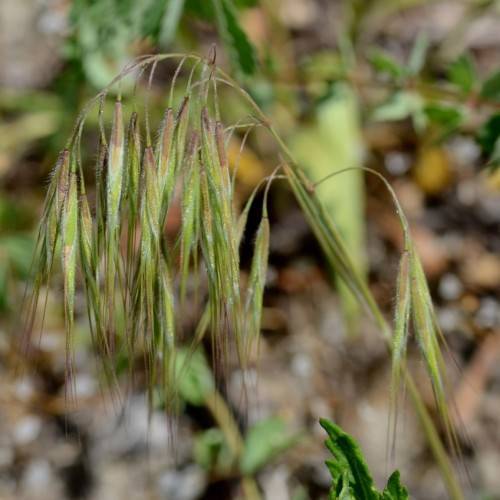
Oat Brome
Bromus danthoniae
Watering:
Average
Hardiness Zone:
Sun:
full sun,part shade
Leaf:
Yes
Growth Rate:
Low
Drought Tolerant:
Yes
Salt Tolerant:
Yes
Invasive:
Yes
Care Level:
Medium
watering
Field Brome should be watered once every 5-7 days depending on the season and local conditions. During spring and summer, the plant will require more frequent watering as the hot weather and strong sunlight will cause moisture to evaporate quicker from the soil. In fall and winter, reduce watering to once every 7-10 days. Water just enough to keep the soil evenly moist, not soggy. Proper drainage is essential for Field Brome; too much water left standing in the soil can lead to root rot.
sunlight
Field Brome (Bromus arvensis) grows best in full sun, which means it should receive at least 8 hours of direct sunlight per day. In areas with more moderate climate, the plant can also tolerate partial sun or partial shade, but generally prefers full sun. During the hottest parts of the day, some shade may help protect the plant from scorching temperatures and winds. Field Brome is most likely to thrive and reach its full potential when receiving light between the hours of 10am and 6pm. This plant also prefers morning sunlight, as opposed to noontime or afternoon sun. However, to make sure that the plant receives an adequate amount of light each day, it's best to provide multiple hours of sunlight during any given time. Planting Field Brome in a moderately sheltered spot can also help protect it from extreme heat and wind.
pruning
Field Brome should be pruned toward the end of winter or early spring, when the plant is dormant and before any new growth starts. Pruning should be done to encourage bushiness and to remove any dead, damaged or diseased growth. Dead stems should be removed first, near their base, and then pruning of healthy living stems back to the base can take place as desired. Care should be taken not to reduce the size of the plant too drastically as this could weaken the plant.
